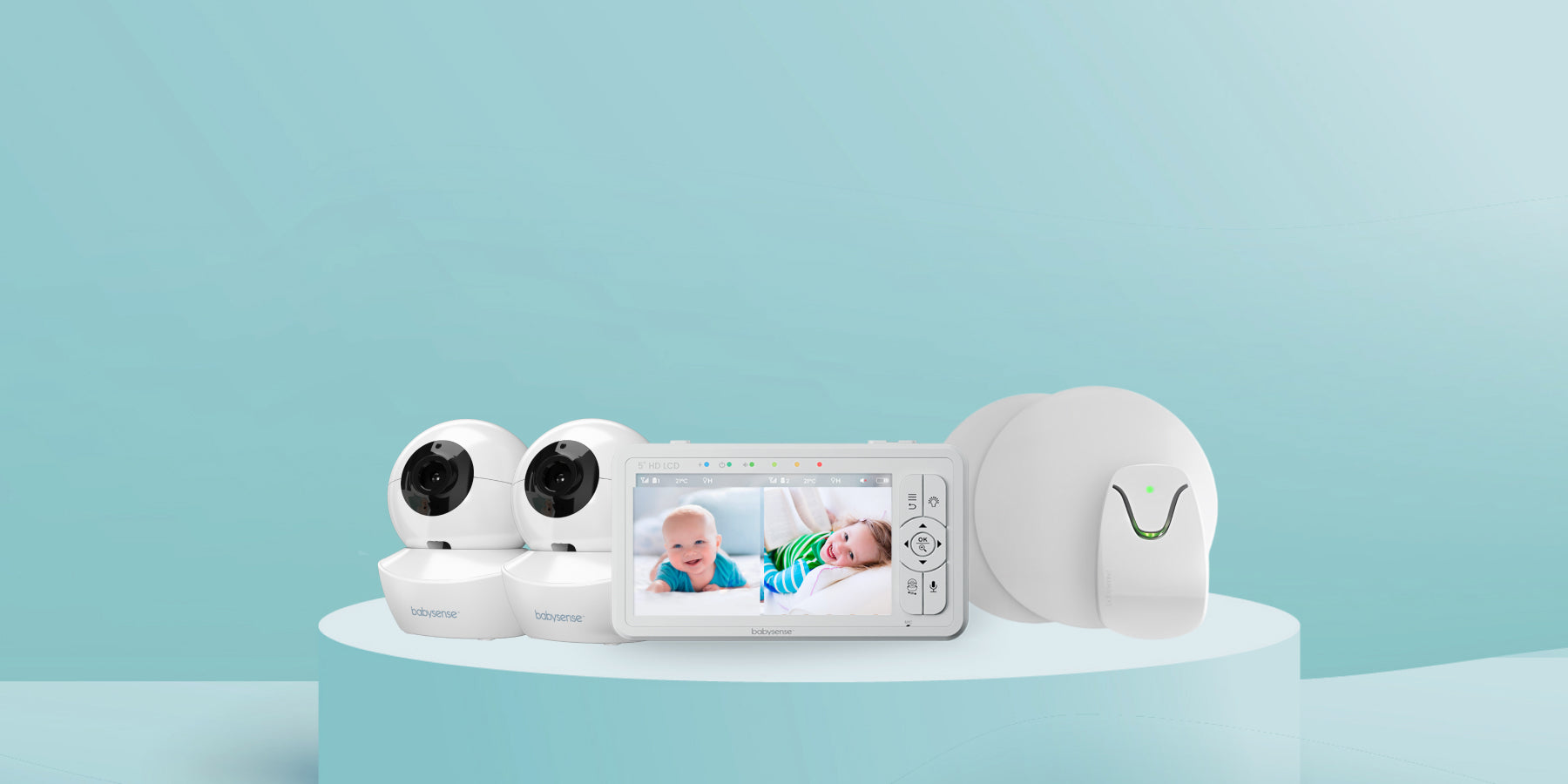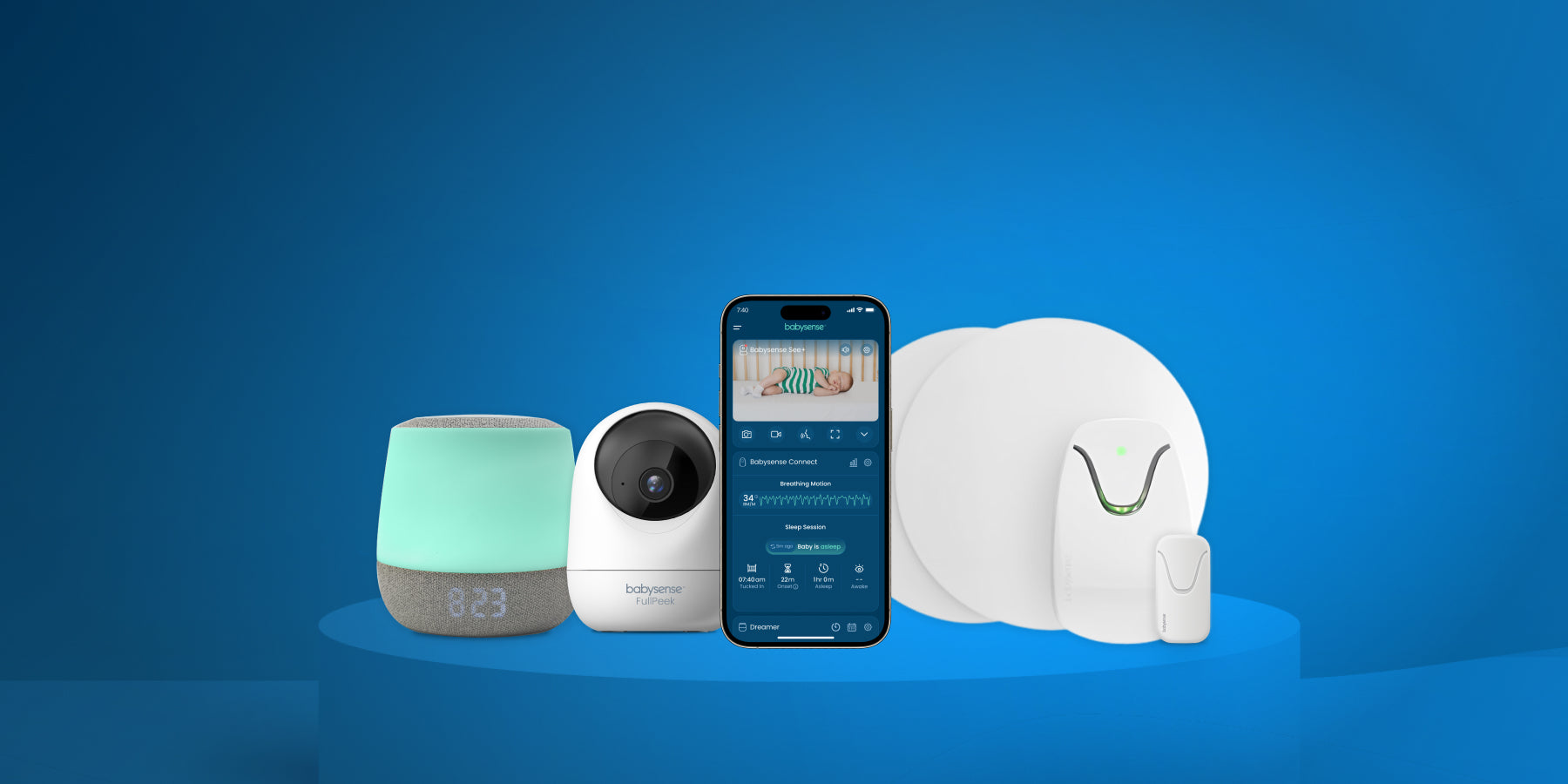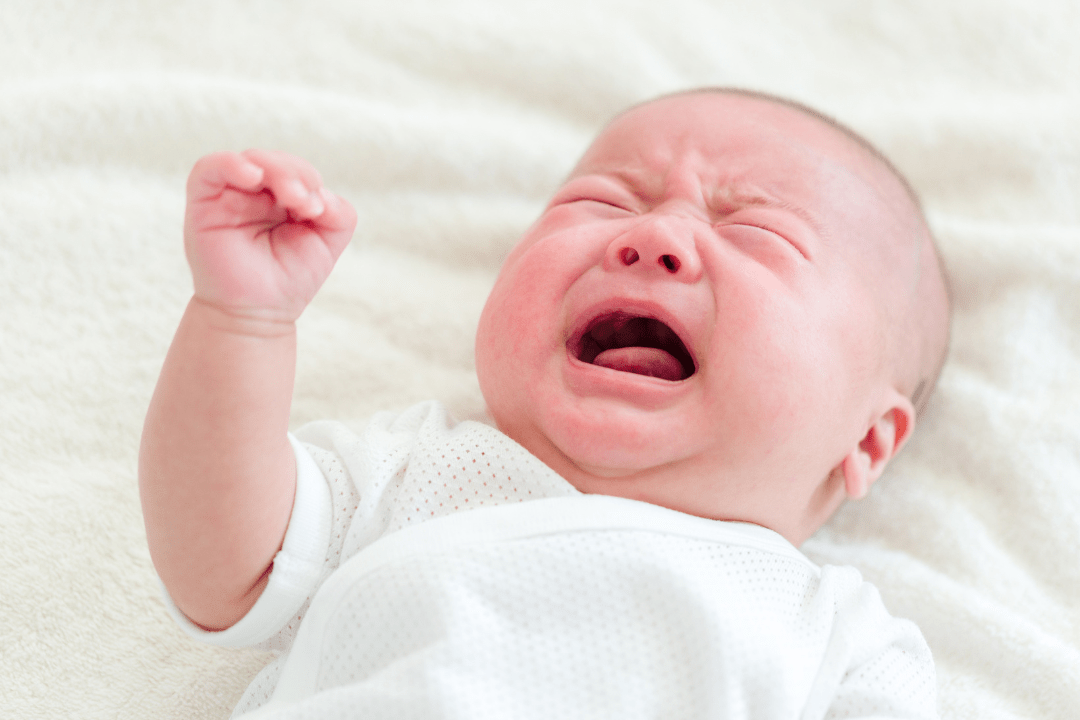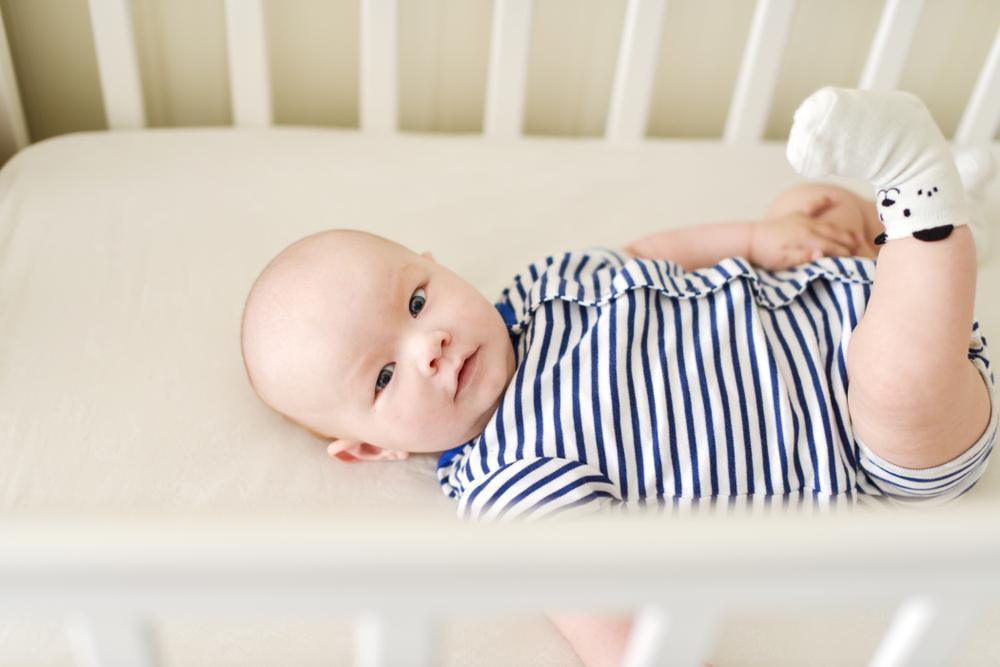So much can make you worry as a parent of a newborn. Everyone is giving you conflicting advice, and you have to make sense of your options.
Especially when you want a good night’s sleep, you need to know your baby is okay. You might also be wondering if while you get a good night’s sleep that your baby can be safe in a different room than you.
Babies can sleep in their own room from birth. But as a parent, you’ll want to know how those reasons compare to keeping your baby in the same room as you.
Here’s a breakdown so that you have what you need to make an informed decision.
Benefits to Babies Sleeping in Their Own Room
Parents may think that they will get to sleep better or reduce the risk of sudden infant death syndrome (SIDS) for their baby. But there’s more to it.
Few studies have looked at how room-sharing affects babies. So a study published in Pediatrics in 2017 has found itself in the center of the debate.
The study found that babies who slept in a separate room by nine months of age slept 45 minutes more than room sharers at 30 months. But there was no difference between babies of the same age.
Room sharers also woke up more and needed more feedings.
Mothers may tend to the baby as soon as it cries and nurse the minimum needed to make the baby drowsy. Yet this snacking also means it will wake more often because it will get hungry again sooner.
This point leads to the main merit of this study.
It showed that babies who slept alone by four months of age were twice as likely to develop a consistent bedtime routine compared to babies who shared a room. These babies were also less likely to have soft objects like crib bumpers, toys, and blankets sooner than they should.
Meanwhile, room sharers of the same age were four times more likely to end up in the parents’ bed.
The American Academy of Pediatrics recommends that babies sleep in their cribs in the parents’ room for the first six to 12 months. The Academy claims this helps protect against SIDS. Many professionals follow this advice.
But the study that led to this recommendation is a European study from the 1990s. The SIDS rates then were higher for many reasons. Further, this study has what researchers call “correlation” and not “causation” like the Pediatrics study.
That’s why it’s so important to make decisions specific to your situation and with your doctors.
And despite the AAP recommendation, the Pediatrics study found that 62 percent of babies were sleeping in a separate room by four months of age. Twenty-seven percent moved to another room between four and nine months of age. So most parents chose to make that transition earlier than recommended.
Drawbacks to Babies Sleeping in Their Own Room
Also published in Pediatrics is a response to the study on room sharing.
Some of the discussion around room sharing comes down to risks for sudden infant death syndrome (SIDS). In which case, total time asleep during the night isn’t what you want for your baby. You want the ability to wake.
The total sleep of babies who slept in a different room and babies who shared with their parents fall within recommended hours. For four-month-olds like in the study, that night time range is 7 to 8 hours. Both categories of babies got that amount of sleep.
Further, many of the pros of babies sleeping in another room are the pros of good bedtime routines. Babies might be sleeping longer because parents feed them more at once. The separate room might be motivating mothers to do more per trip to the baby so that they don’t have to get up so often.
Additionally, breastfeeding has different effects than formula feed. Without comparing diet, the advantages of babies sleeping in separate rooms might be less meaningful.
So it’s less that there are faults in sleeping in separate rooms, but more that the advantages might not make much of a difference. The routines rather than the rooms might be worth your consideration.
A Note About Babies Sleeping in Your Bed With You
The American Journal of Public Health has stated that 64% of SIDS occur while the baby is sharing a sleeping surface. The greatest offenders are upright surfaces like couches and chairs. But it can also happen while in the parents’ bed.
How Babies Can Sleep on Their Own Safely
Regardless of which institution’s advice you want to follow, there are some general rules for good sleep and protection against SIDS.
The AAP advocates for, at the very least, a flat, cleared, independent area for your baby to sleep. Sleeping alone, flat on their backs, and without other objects like bumper pads around helps babies to keep their breathing regular. The Academy also recommends breastfeeding to protect against SIDS. Pacifiers also help after you’ve been breastfeeding for six months.
The reason why you should avoid sharing a bed is because blankets, pillows, and your body can force positions that make it hard for a baby to breathe.
Babies also overheat. The room temperature should be below 70 degrees, and you should check so that the baby doesn’t feel warm or sweaty to the touch. Be careful about over bundling them as well.
Finally, to prevent SIDS, you shouldn’t expose yourself to tobacco smoke, either during pregnancy or after birth. Being born prematurely is also a risk to be wary of
The Children’s Health of Orange County adds more recommendations.
Your baby not only should sleep on its back but do so routinely for the first year. The crib should also have a fitted sheet to lessen folds that can obstruct breathing. Sheets help with closing the gaps between the crib’s mattress and the crib itself.
Napping during the day in strollers and swings is fine. But the upright positioning can make it harder for the baby during extended periods. The same goes for couches, lounge chairs, and devices like wedges and positioners. It’s best to keep things simple and stick to the crib at night.
Sticking to a recommended vaccination schedule is more protection against SIDS.
How To Make a Good Sleep Routine
As addressed before, what might work best for you and your baby won’t be which room it sleeps in, but what kind of sleep routine you develop for your baby.
The Mayo Clinic follows the American Academy of Pediatrics’s recommendation of sleeping in the same room as your baby for the first six to 12 months. Whichever your stance is at this point on that, Mayo has some common-sense guidelines to encourage good sleep hygiene.
Have a Relaxing Routine Before Bedtime
Good sleep starts with a soothing routine. You can spend your baby’s pre-bedtime with baths, cuddling, reading, or calming music. The main thing is to use a similar activity with an expected cue of when it ends so the baby will start to think, “Okay, now it is time for bed.”
Make Baby Sleepy, but Not Already Sleeping
You don’t want to put your baby to sleep but set it up to help itself to sleep. The sooner the baby learns to go through the process alone, the sooner the baby will have a healthy sleep routine.
So after the relaxing routine, place your baby on its back in a crib cleared of items. Let it associate sleepiness with this final situation.
Give Baby Time To Wind Down
Sometimes babies cry and move around before falling asleep. Give it time. Don’t interrupt if you know you’ve done everything your baby could need before bed.
Keep a Pacifier Handy
Pacifiers often help with soothing, and your infant can use them through the night. They also reduce the risk of SIDS.
Dial Down Nighttime Interruptions
When you do visit your baby in the middle of the night, you’ll want to disturb them as little as possible. A video baby monitor can help reduce interrupting your baby’s sleep.
For light, try using dim or indirect lighting like from the hallway. When you speak, keep your volume down. When you move, do so slowly.
Respect Your Baby’s Preferences
Like adults, babies have natural preferences like night owls or early birds. If you notice your baby is more prepared for a fulfilling night’s sleep at an earlier or later hour, it might help to respect that natural preference.
Closing Thoughts
So, can babies sleep in their own room from birth? Yes, and now you can pick the pros and cons that matter to your situation with your newborn.
What is important is that you make an informed decision. Not just which room your baby will sleep in, but what kind of sleep routine will achieve what you thought only a separate room could give you.





